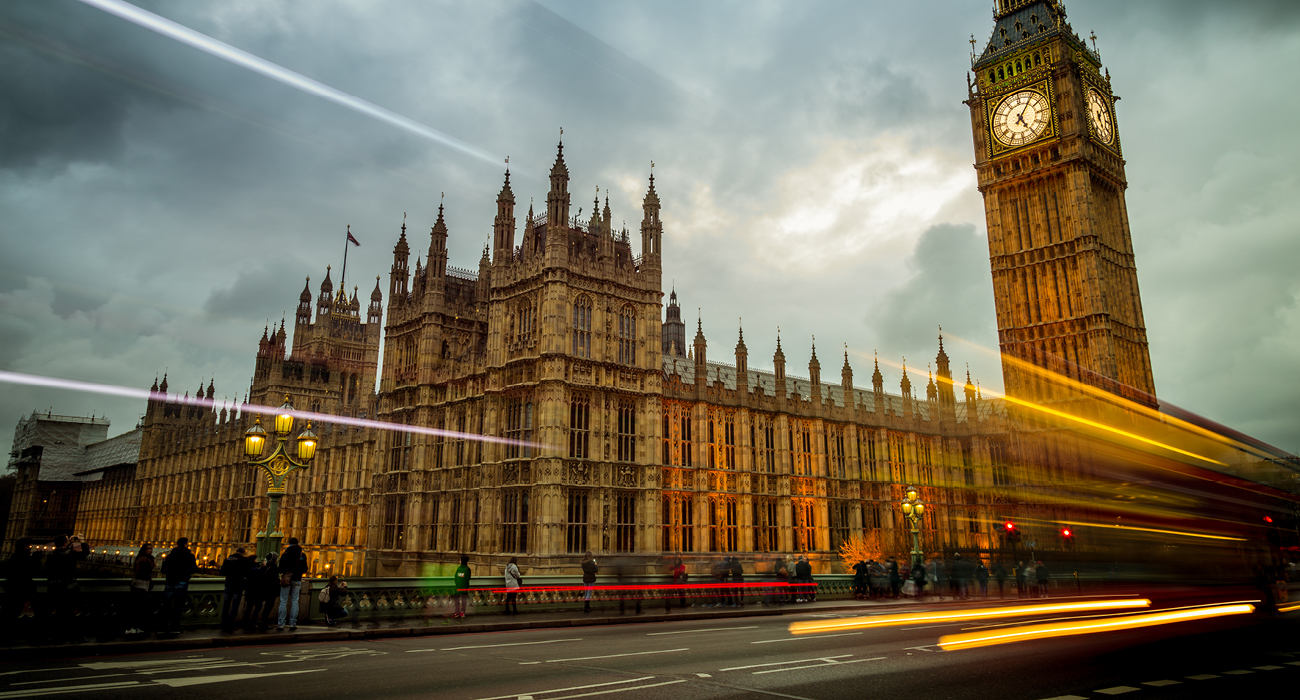At last, the government has (almost) announced the go ahead for a new 3.3GW nuclear reactor in Suffolk.
But to finance the estimated £35 billion+ construction cost of Sizewell C, the government has put a different funding model on the table, with the cost to be met by consumers via yet another non-commodity charge added to electricity invoices.
Since 2014, the Contracts for Difference (CfD) mechanism has been used to finance new-build generation, including the new nuclear power station at Hinkley Point in Somerset.
But following the cancellation of several other proposed nuclear projects in Wales and Cumbria, the government has introduced a Regulated Asset Base (RAB) model to make attracting the necessary investment in Sizewell C more appealing.
New finance model reduces risk to investors
Unlike a CfD – which guarantees a price per megawatt of output once a generating plant is up and running – a RAB provides finance from the start of construction. This model has already been used to finance the Thames Tideway Tunnel and Heathrow's Terminal 5.
As you might expect, a nuclear power station takes a long time to build – and even longer to make a return on – so a RAB provides less risk to investors.
For Sizewell C, the project is being led by French energy company EDF, which builds and operates the UK’s other nuclear plant. The UK government also currently has a 50% stake (which may reduce if sufficient domestic institutional investors are found).
For consumers, the benefit of RAB funding is a lower overall price tag, as by providing capital from the outset, the cost of borrowing to finance the project will be much lower.
But the downside is that charges will be added to bills way in advance of Sizewell C being up and running, which could be 20 years away.
Charges to start in 2024/25
Analysing government data and other intelligence around this project suggests that costs to consumers could hit electricity invoices as early as April 2024, although April 2025 is more likely.
We are probably looking at charges under £0.3/MWh in the first five years, although official figures have not yet been released.
Once the project gets into full swing, these charges are then likely to jump to around £5/MWh, probably by the 2040s.
But estimating the total cost is extremely challenging, as these large infrastructure projects rarely run to schedule or budget, especially when they are so complex and ongoing tax-payer funding is guaranteed.
Budget already increased by £15 billion+
The initial budget for Sizewell C was around £20 billion in 2020, with an estimated build time of 10-12 years.
But following delays in the similar-size project at Hinkley Point C – which is set to open four years late at an expected cost of £33bn, almost double the starting budget of £18 billion – EDF is now estimating a £30-£35bn cost over 15 years.
However, this latest cost is based on 2021 prices, which have since increased – so the cost is likely to increase further still by the time construction actually starts.
How will RAB be billed?
Like many existing non-commodity charges, the bill for RAB will be issued to suppliers quarterly, on the back of estimated data, with a reconciliation made at a later date.
For businesses on fixed contracts, the RAB rate will likely be rolled into the existing non-commodity elements added to unit rates or included in the standing charge.
For businesses paying ‘pass-through’ rates on non-commodity charges, a new nuclear RAB line will be added to invoices, reflecting two elements – the cost of RAB itself and the running cost of the Nuclear Collection Counterparty, which will administer the scheme.
We anticipate the former will vary each quarter, once an indicative rate is updated post reconciliation. And as stated earlier, it will be charged as a £/MWh rate.
Nuclear capacity needs to almost quadruple by 2050
The government intends to use the RAB model to fund further nuclear build. The aim is to generate 25% of the UK’s electricity by 2050, with 24GW of capacity.
Currently, nuclear contributes 6.5GW – or around 15% of the UK’s annual electricity. But most of our existing stations are set to be retired by the end of the decade, with only Sizewell B (1.198GW) set to continue generating until 2035.
The new reactor at Hinkley Point in Somerset will add around 3.2GW when it comes online, which is currently scheduled for 2028. With Sizewell C, this should provide 6.5GW of capacity by 2040.
This means we’d need to invest in building a further 17.5GW of nuclear capacity to reach the government’s planned ambition by 2050.
You don’t need to be a maths wizard to work out that, if these ambitions are translated into reality, they will add quite a sizeable share to future electricity costs.

/npm214%20Digital_H_UB102.jpg)


/npm214%20Digital_H_UB15.jpg)



/npm214%20Digital_H_UB121.jpg)
/npm214%20Digital_H_UB139.jpg)
/Author%20Profile%20Czarniecki_Piotr_G.png)
